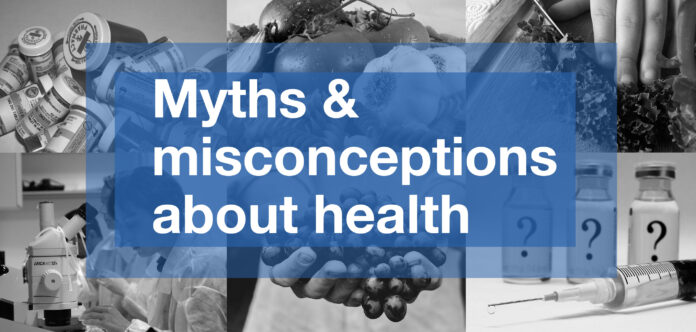What is it about medical categories that makes them so powerful? Why are people, particularly from the U.S., so confident in their accuracies? Why is it that simply getting the name right makes all the difference in the experience of illness? And why does it give people the right to hierarchize the way things are assorted? With these questions in mind, I want to discuss the tendency to view medical categories as absolute and fixed.
There is a misconception that the labels in medicine are certainly correct and that these labels are the only way to interpet health issues. If you question the integrity of scientific medicine, you will eventually, if not quickly be corrected for your lack of understanding or incompetence of the underlying science.
Think of all the effort put into the creation of categories in The Diagnostic and Statistical Manual of Mental Disorders (DSM). The DSM defines disorders, and when diagnosed by the appropriate clinician, its certainty is hardly questioned. Although the psychiatrists are aware that these illnesses are culturally and contextually dependent, many non-psychiatrists are not aware of this. However, this view is not always as rigidly held by the clinical professionals, as they try to impose their beliefs about the body and mental health on other countries.
Specifically, after the tsunami hit the Indian Ocean in 2004, the World Health Organization (WHO) wanted to send psychiatrists for mental health services, particularly for the treatment of post-traumatic stress disorder (PTSD). Now, I am not saying that WHO is a terrible organization. I acknowledge that they were merely doing their best to send help to the devastated populations. However, why are they authorized to say that the population will certainly have a PTSD epidemic? While I do agree that these populations surely experienced an immense amount of mental and physical stress, I don’t agree that psychiatric diagnosis and treatment is the only way to deal with post-disaster stress.
There are cultural differences in how people react to trauma, and therefore there is variability in how people palliate the pain and suffering that follows. In Western ideology, people are encouraged to help themselves before they help others, whereas in countries like Sri Lanka, people are encouraged to help others before they help themselves. As a result, Sri Lankans have their own way of dealing with the trauma, and is does not necessarily align with how the West would interpret the event, despite the scientific data indicating so. Thus, mental disorders are very much a product of culture and context, so appropriating one’s interpretation of illness to another context is highly questionable.
Medical categories are not only ambiguous, but they are also subject to change within the context that creates them. Two interesting examples are homosexuality and gender identity disorder. The American Psychiatric Association diagnosed homsexuality as an illness until 1973 and only recently, in 2012, was the term “gender identity disorder” removed from the DSM. Although gender identity disorder has been removed, it is now replaced with “gender dysphoria” which classifies a person’s discomfort and incongruence between their assigned gender and experience/expression of gender as a mental problem. Therefore, what is and is not categorized as a mental problem is far from being fixed, so surely what we consider an illness today is subject to change.
What is most interesting about these categories is their power to allow or prevent individuals from access to health care. If a clinical problem is not as easily or precisely diagnosed, then people’s perception of it as an illness is delegitimized. Many problems arise for the individuals with these unclassifiable disorders as a result of this downplay. For instance, insurance companies are less likely to support illnesses that are not labeled. A person can be suffering from medical issues, but if it does not have a specific name or diagnosis, then it becomes untreatable, or at least theoretically very difficult to treat. If biomedical professionals cannot classify it, then either the disease is not yet apparent or the patient is faking it. This makes it appear as if only the proper name of a condition can legitimize a person’s suffering. The narrow scope of health and suffering closes its conception of other forms of pain, not otherwise specified by their manuals or textbooks. In addition to the lack of health care, individuals receive stigma from friends, family or clinical professionals because they don’t have a “real” disease or illness. Essentially, classification designates the realness of a person’s clinical problems.
Medical categories are powerful. They can determine whether you receive treatment or not. They can legitimize people correcting you for not appropriately using their classifications. They can stigmatize the unclassifiable within the structural framework of the medical institution. However, as powerful as medical categories can be, they are not absolute. Even the almighty science is subject to error as it cannot define a notion as arbitrary as truth.
Tiffany Marquez can be reached at tmmarquez@ucdavis.edu
Graphic by Tiffany Choi.




